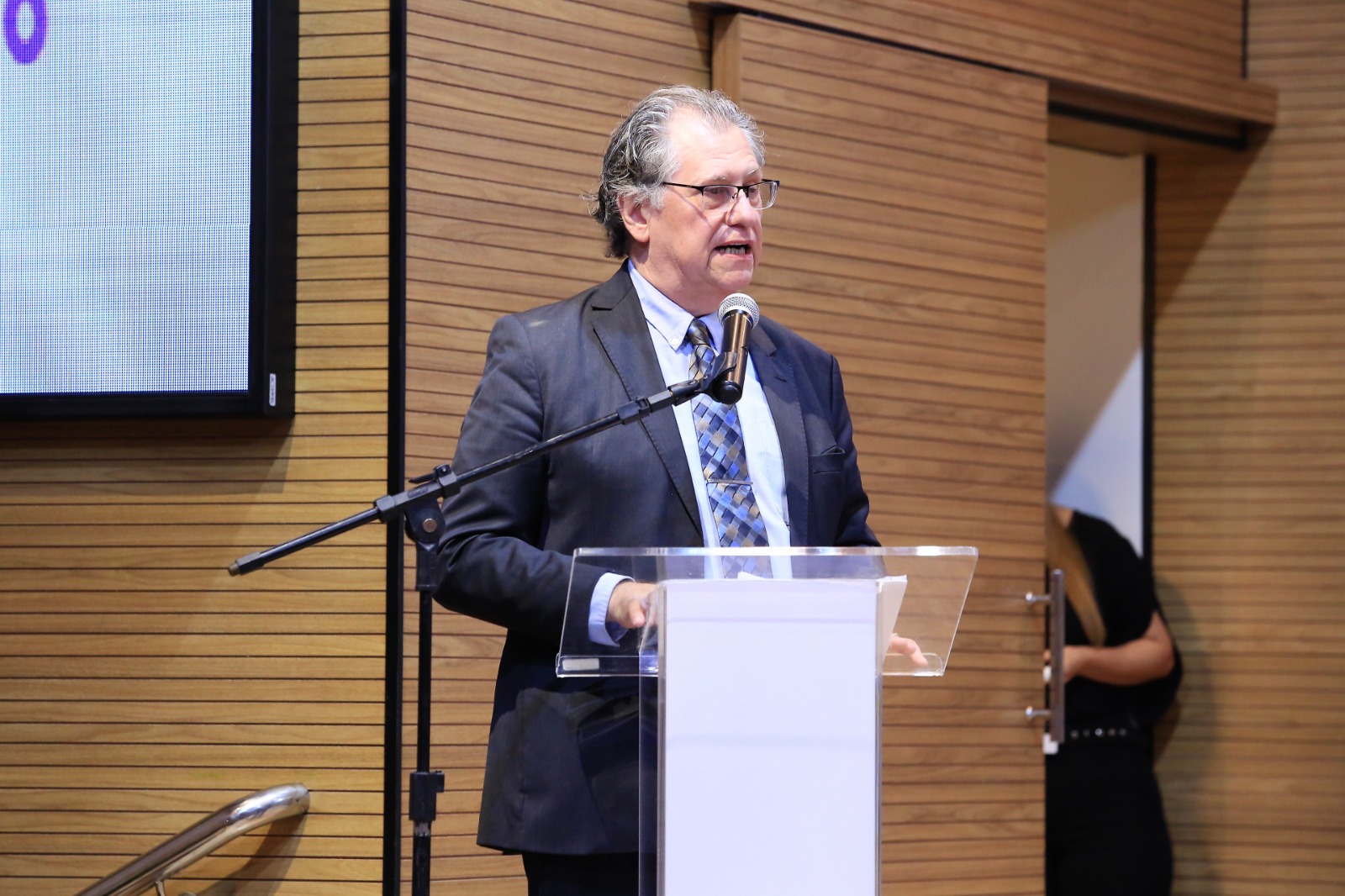
The historical context of the implementation of the Restorative Justice (RJ) in Brazil, dating from the first debates in the first decade of the new century to the culmination of the publication of the Resolution No. 225 of the National Council of Justice (CNJ), of May 31st 2016, as well as the progress made by the Restorative Justice in the States of São Paulo and Rio Grande do Sul were the topics addressed at the opening of the second day of the 1st National Meeting of Restorative Justice, which is taking place in the city of Palmas, in the auditorium of the Court of Justice of the State of Tocantins.
The first lecture, given by Justice Leoberto Narciso Brancher of the Court of Justice of the State of Rio Grande do Sul (TJRS) and a member of the Management Committee of Restaurative Justice of the National Council of Justice, dealt with aspects of the "Possibilities and Challenges of the Restorative Justice in Schools". Recalling a case that took place near a school in the city of Porto Alegre (RS), the magistrate discussed issues such as engagement, understanding, crisis management and learning. "There is pain behind what moves us, but there is wonder. At the end of a painful circle there is always a moment of wonder. Restorative Justice cannot be forgotten because it is born out of the painful confrontation between victim and offender," he said.
In the second session, Judge Egberto de Almeida Penido, of the Court of Justice of the State of São Paulo and a member of the Management Committee of Restaurative Justice of the National Council of Justice, spoke about the process of discussion and implementation of the Restorative Justice in Brazil, which began in April 2005 with the Araçatuba Letter, during the 1st Brazilian Restorative Justice Symposium, and went on to the publication of the Resolution No. 225 of the National Council of Justice (CNJ) on May 31st, 2016, which deals with the implementation of the Restorative Justice in the country. "At first we didn't even know which technique or methodology would be used. With the Araçatuba Letter, we began to set the tone for the work, but we still had no idea where to start. We then chose the area of Children and Youth because we understood the principle of the activities," he said.
Panel
The first panel was coordinated by the Deputy Director of Esmat, Justice Ângela Issa Haonat, and Professor Christiane de Holanda Camilo, from the State University of the State of Tocantins (Unitins). The program for the 1st National Meeting on Restorative Justice in Education continues on Friday (25th) with thematic rooms at Esmat, and a panel and plenary discussion in the auditorium of the Court of Justice in Palmas.




